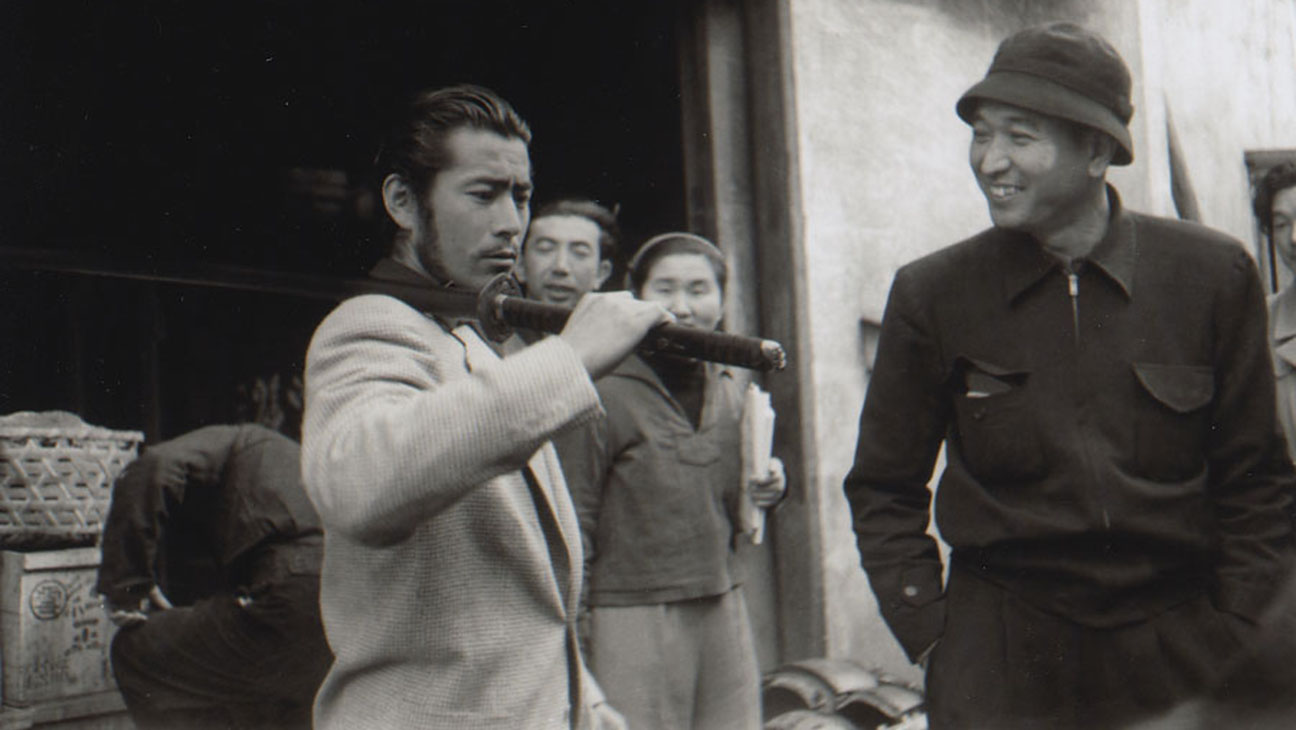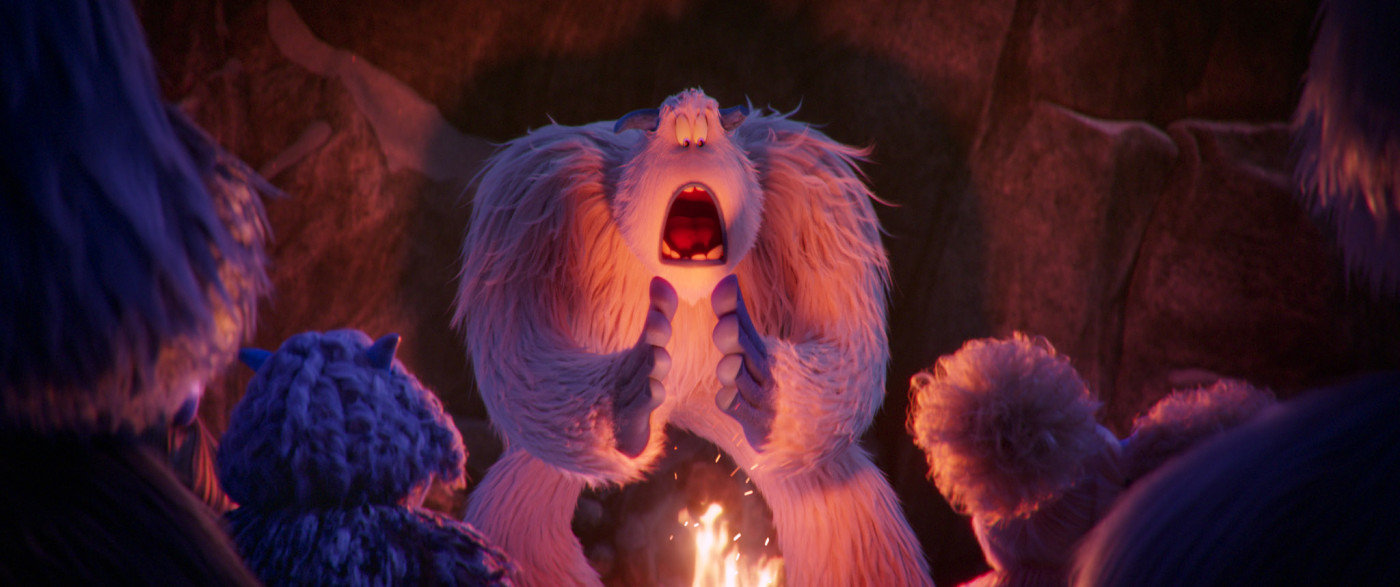What do you suppose Japanese monsters were like before Godzilla? I suppose I could look this up, but I would really rather speculate. Godzilla was the product of the atomic age – history teaches that each new science brings with it a new fictional monster: electricity gave rise to Frankenstein, DNA discovery led to Jurassic Park; the internet led to Donald Trump. But it’s hard to imagine Japan without Godzilla, isn’t it? Though I know it isn’t true, in my mind there exists almost no transition period between feudal city-state war-like Japan and modern high-tech Japan – the one exactly followed the other, right? And thus I’m curious what monsters existed in feudal Japanese – maybe three monsters that when combined together didn’t form a super duper monster at all, but instead were just three monsters squished together … or maybe there was a giant squid who devours children who don’t learn to bow properly … or maybe something that isn’t quite a monster at all, just a guy with really unruly hair that scares locals with his lack of bun.
One of the reasons my mind doesn’t account for a transition period in Japanese history is Japanese movies, which flourished in the 50s and 60s in Toho studios under two names: director Akira Kurasawa and his frequent star, Toshirô Mifune. These two made mostly sword-and-sandal flicks, but generally deeper ones than were made on this continent. This was the golden age of Japanese cinema when the world paid close attention to the studio producing Kurasawa drama and rubber costumed horror. So the vision we got of Japan was either a modern city terrorized by a big monster or an agrarian culture with warlords, honor, and constant sword battles. I’m sure that there were plenty of pictures in-between these two genres, but they rarely made our shores.
There isn’t really an American equivalent for Toshirô Mifune – I think Bollywood might help a little more on this count. He was a bona fide superstar actor would could also wield a sword thanks to his WWII experience as a combat instructor. He was a student of his craft and not above the sort of scandals modern actors have, but Japanese men in the 1950s did not. It would seem that everybody he worked with was fond of him, which makes for happy relatives but dull cinema. As an actor, he was prone often to unique and wild displays, a little like Nicolas Cage, but with more control; the man acted with his entire body. This, too, was out of line with rigid Japanese norms.
Unfortunately, one cannot discuss Mifune without  talking about his frequent director, Akira Kurasawa. I imagine it’s a little like trying to separate Tom Brady from Bill Belichick – the two are so intertwined by career and success that mentioning one without the other, as if the success occurred in vacuum, is almost criminal. As a result, however, this already short film about Mifune becomes a short film about Kurasawa for minutes at a time. For whatever reason, I don’t think we wanted to know much about Mifune –we know he drank, we know he loved race cars, we know he left a wife. I kept expecting a report of how the drinking and driving caught up with him or how bitter a feud developed, but no such luck.
talking about his frequent director, Akira Kurasawa. I imagine it’s a little like trying to separate Tom Brady from Bill Belichick – the two are so intertwined by career and success that mentioning one without the other, as if the success occurred in vacuum, is almost criminal. As a result, however, this already short film about Mifune becomes a short film about Kurasawa for minutes at a time. For whatever reason, I don’t think we wanted to know much about Mifune –we know he drank, we know he loved race cars, we know he left a wife. I kept expecting a report of how the drinking and driving caught up with him or how bitter a feud developed, but no such luck.
I respect Toshirô Mifune. And Mifune: The Last Samurai has done its job in that I now wish I knew more of his career than a handful of the Kurasawa classics, but that’s pretty much it. While I was watching this film, I wished I were watching a different film, one that starred Mifune rather than describing him. That’s never a good sign for a film.
♪ If you want to know who we are
We are movie stars of Japan
Worldwide we’re on par
With greats of screen we stand
Me and Godzilla, fables
Autographs at the tables
Bigger than Betty Grables
Snap! ♫
Not Rated, 80 Minutes
D: Steven Okazaki
W: Stuart Galbraith IV, Steven Okazaki
Genre: Alienating the young
Type of person most likely to enjoy this film: Toho studio actors
Type of person least likely to enjoy this film: People who only watch CGI
♪ Parody inspired by “If You Want to Know Who We Are”



